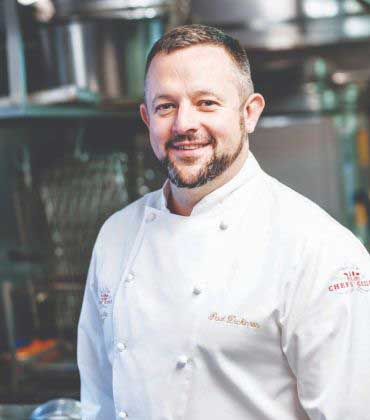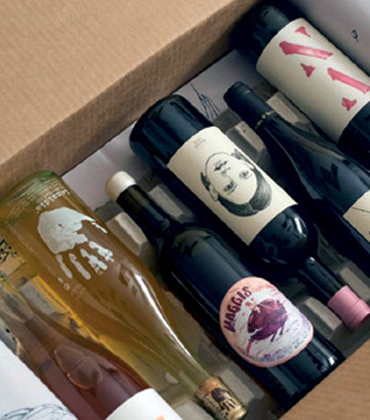THANK YOU FOR SUBSCRIBING
By Paul Dickinson, Director Of Food, Fuller Smith & Turner
Investing In Better Work Space To Scale Customer Growth
By Jill Hoffman, Director Of Global Quality And Food Safety, Mccormick & Co. Inc
The New Consumer & Brand Insights Driving The Delivery...
By Andrew Norton, Director of Business Development, Liviri
Liviri Solutions Change the Face of Food and Wine Delivery
By Celia Martin, Director Global Regulatory Affairs, Lallemand
A Good Food Regulatory Framework to Ensure Consumer...

 Chris Smith, Partner, Playfair Capital
Chris Smith, Partner, Playfair CapitalFor some, cooking at home is one of life’s pleasures; for others, it’s a chore and one they would readily dispense with if there was a sensible alternative. For many years, entrepreneurs have been trying to service this second group. They promise to make access to food so quick, easy and affordable, that cooking at home offers no objective benefits. Cooking would become a hobby, not a daily necessity.
To date, this vision has not been wholly fulfilled, but could new technology change this?
Current state of the market
Food delivery services have improved significantly in the past few years. Growing up, I remember being able to call up and order a pizza from time to time, but that was about it.
Now you can order cuisine from all over the world straight to your door in half an hour or less from a single app. Real-time updates allow you to reach for the cutlery just as the driver arrives at your door. The experience is great and has created several unicorns along the way, but it’s not without drawbacks.
You can order cuisine from all over the world straight to your door in half an hour or less from a single app
Firstly, if you live in a rural area, you are out of luck. Load up one of the leading delivery apps and you’ll get a ‘we don’t deliver to this postcode’ or possibly a choice of one restaurant which kind of defeats the object of using the app in the first place.
Second, it’s expensive. Once you add the delivery charge and the rider tip (if you’re generous), a meal will end up being a similar price to eating out at a restaurant. That is clearly not sustainable for most people as a regular alternative to cooking at home.
Third, although food can be at your door in half an hour, it can take longer at peak times. You have to be super organised to order before you get home if you want food on the table quickly. I can think of quite a few occasions when I’ve ordered food, sat (im)patiently waiting and ended up snacking!
Fourth, food doesn’t always arrive in great condition. It’s not the fault of the rider, but when they are schlepping up a steep hill in the snow or freezing conditions, the food is never going to arrive piping hot as it would be if it came straight out of your oven.
The future of flying food deliveries
If I told you that autonomous drone deliveries could solve these problems, you might immediately tell me that it would never work. But, in reality, commercial scale deliveries using drones have been going on for several years, just not in major UK or US cities.
One of my favourite examples is a company doing grocery deliveries in Reykjavik, Iceland. The geography of the city means that it can take 45 minutes to drive around the bay to make a delivery. With drones, they can reach the customer in a few minutes by flying a line of sight. Currently they deliver groceries, but also incorporate an insulated payload to deliver hot food as a small iteration.
Autonomous drones will extend deliveries to rural areas, reduce operating costs, increase speed and ensure food arrives in perfect condition. Perhaps they won’t replace your kitchen, but they will make high quality food accessible to more people, and that can only be a positive development.
Read Also















